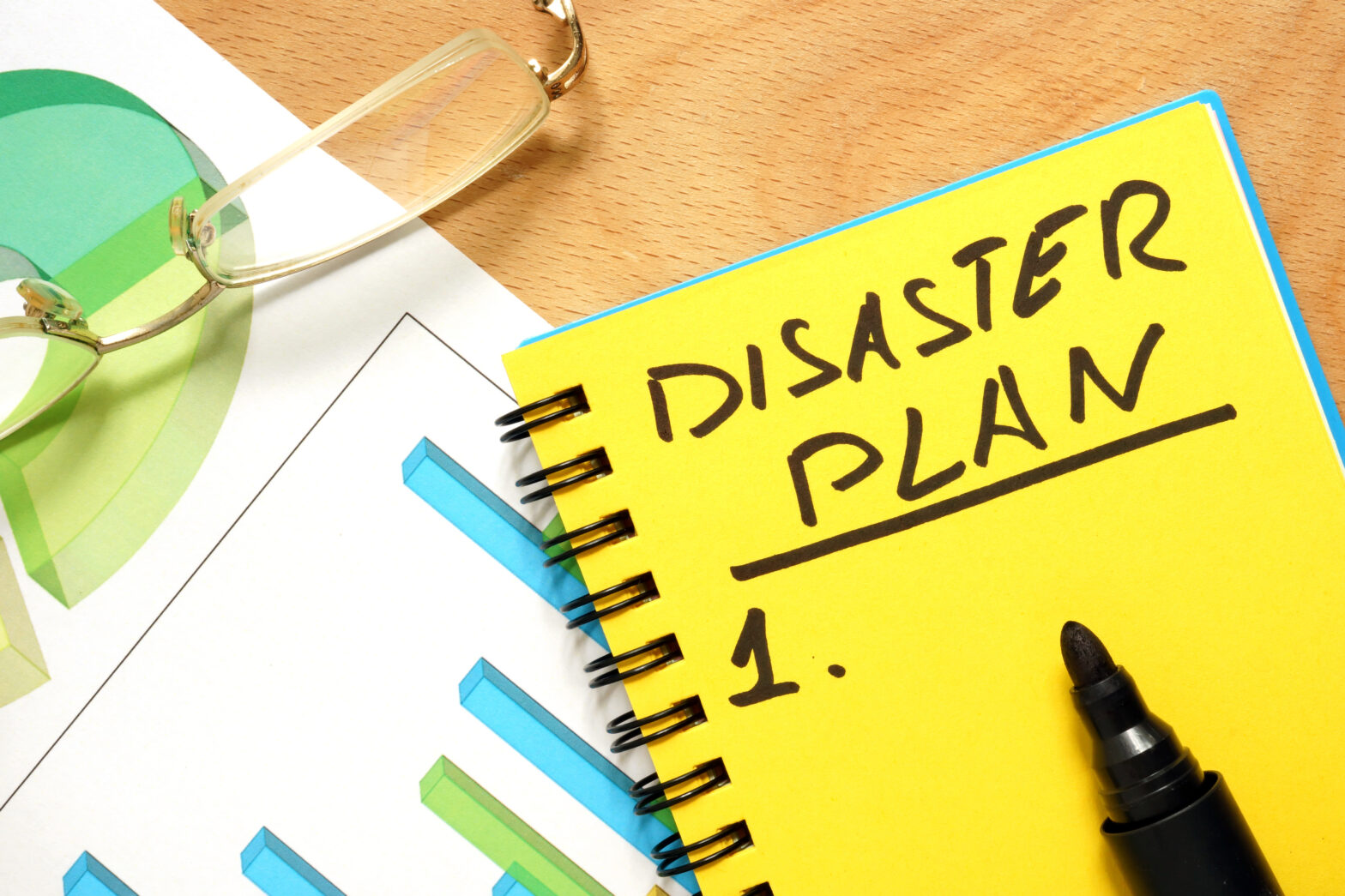A spokesperson for R3, said that planning is vital to the continuity of any business, including SMEs, and failure to do so is risking the security and hard work employees have put in.
Frances Coulson added that a good business plan will include preparation and testing of a DRP, noting: ‘Most businesses wouldn’t dream of not having insurance and not only are insurers more keen on this risk prevention but it is a form of insurance to protect your business.’
According to Disaster Recovery Solutions, less than half of all organisations have a business continuity plan. For those without such plans, 43 per cent will never re-open and over half (53 per cent) of claimants will never
IT for small business is also a potential risk, as around 80 per cent of companies have not developed crisis management solutions to provide technology sufficient to keep their business running, the firm added.
Research states that 20 per cent of all companies will suffer fire, theft, flood or storm damage, power failures, terrorism or IT disaster.
Being ready for the worst-case scenario, so that you can keep trading when the lights go out, is essential if you are running a business. Natural disasters may not be easy to predict or prepare for, but there are plenty of measures that can be taken to avoid other nasty surprises.
If you are a plumber and need your van for work, is there a contingency plan that you can rely on in case anything happens? Is there some cash put aside in case you need to hire another one? Do you have a hire firm’s number to hand?
What if you lost power to part of your office? Could your employees work from home if need be and could they still access their emails? Even if you end up running a skeleton business in the short term, with only the basics up and running you should find that you are able to keep things ticking over until a solution can be found.
The trick is to identify those functions or processes of your business that are essential to its running. Try to take a step back from your business for a short while and identify those vulnerable areas. Then see if there is a short-term solution that could help in a crisis and make sure everything is in place to implement it as quickly as possible.
Fire damage case study
Disaster recovery doesn’t have to be expensive or time-consuming. By moving application, email and storage needs onto the web, businesses can effectively ‘automate’ the recovery process.
Construction services company Erith, which somewhat ironically specialises in demolition, discovered this unique benefit by accident in September 2006, after an out-of-control bonfire spread to a nearby pile of stored oxy-acetylene cylinders – one of which torpedoed Erith’s boardroom and reduced its offices and server room to a pile of cinders.
Prior to the incident, the company had been trialling Google Apps, notably the search giant’s enterprise email offering. Up until the explosion, employee response had been somewhat ambivalent, explains Paul Driscoll, the company’s IT manager. Afterwards, those working with Google Apps were able to let customers know the company was still in business even if the entire operation had moved into a spare room in the CEO’s house.
‘Google Apps saved us a lot of money,’ recalls Driscoll, adding that it has continued to save the firm around £20,000 a year by reducing the need for servers, licences and email management software.
However, he observes that while much of the cost savings came from replacing the Microsoft Exchange email server, most employees still use Microsoft Office: ‘I wouldn’t pay for Google Docs on its own at the moment,’ he says.
Outsourcing a business-critical function like email to a hosted service is a good way for companies to dip a toe in the software-as-a-service pond, but it pays to shop around. Companies such as Mimecast and Symantec-owned MessageLabs offer advanced security as well. But regardless of who provides the service, disaster recovery can be a welcome freebie.








